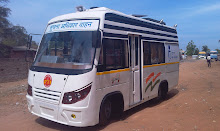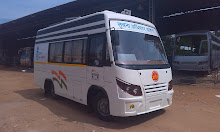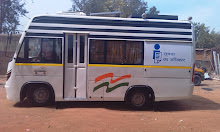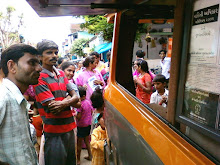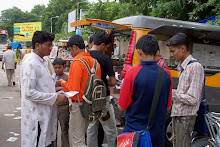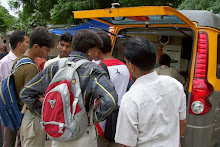The New Indian Express: Coimbatore:
Monday, April 21, 2014.
The
Congress-led UPA-I and II governments appear to have not travelled much beyond
politically appeasing the vast majority of Other Backward Classes (OBCs) in the
country by providing reservation for them.
While the
UPA-I government introduced 27 per cent reservation for OBCs in Central
educational institutions and UPA-II belatedly brought Jats under the OBC ambit,
“affirmative action” appeared missing when it came to recruiting government
employees as per Mandal Commission recommendations.
Data provided
by the Union Ministry of Personnel under the Right to Information (RTI) Act
reveals that as of January 1, 2013, only 5,794 Group A officers belonging to
the OBCs were employed in 55 Central government agencies. This constitutes just
9.41 per cent of the 61,566 Group A officers. In contrast, the percentage of
non-quota or Open Competition Group A officers is a significant 72.15 per cent.
While Scheduled Castes (SC) make up 12.82 per cent of the employees, the
representation of Scheduled Tribes (ST) was 5.63 per cent. “This is the poor
state of the estimated 75 crore OBCs today, though as per the Mandal Commission
report 27 per cent reservation was being implemented from as early as September
8, 1993,” says Chennai-based activist E Muralidharan, who obtained the data.
Data
available with Express as of January 1, 2008 (when UPA-I was in power), shows
that the strength of the Group A officers in all government departments then
was only 5,031. So, there has been only a marginal increase in the numbers of
OBC Group A officers during the 5-year span.
The Union
Ministry of Personnel has said that it has yet to receive information on the
community-wise representation of Group A, B and C employees from ministries,
including HRD, Finance, Civil Aviation, Corporate Affairs and Culture. When it
comes to Group B employees, OBCs constitute only 11.6 per cent of the total
1,41,195 employees. SCs account for 16.22 per cent, STs 6.66 per cent and
others 65.52 per cent. The representation of OBCs among Group C safai
karamcharis (sanitary workers) is higher at 20.2 per cent, while among
non-quota staff it is 43.22 per cent. In an indication that it is still the
vast majority of Dalits who are taking to sanitary work, the data shows that
29.52 per cent of safai karamcharis are SCs and 6.96 per cent are STs.
Among Group C
employees (excluding safai karamcharis), OBCs constitute 18.38 per cent, while
SCs make up 17.12 per cent, STs 7.88 per cent, with the remaining 56.61 per
cent being non-quota employees.











